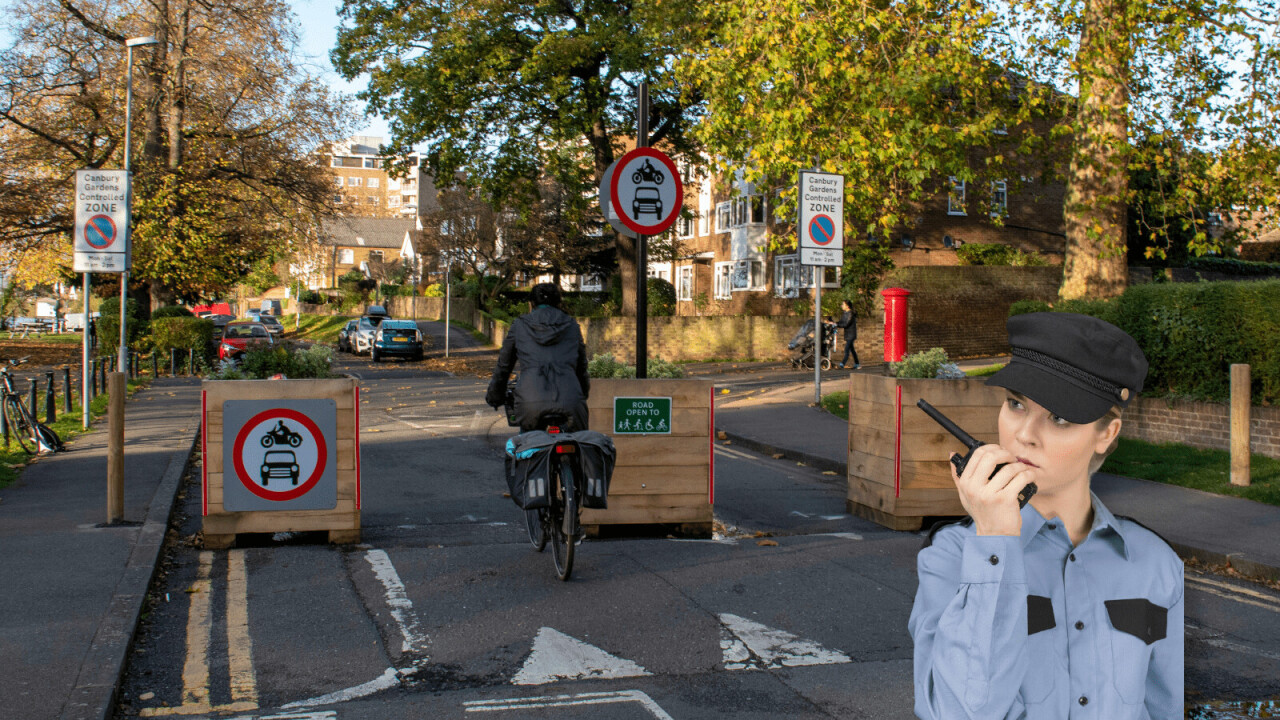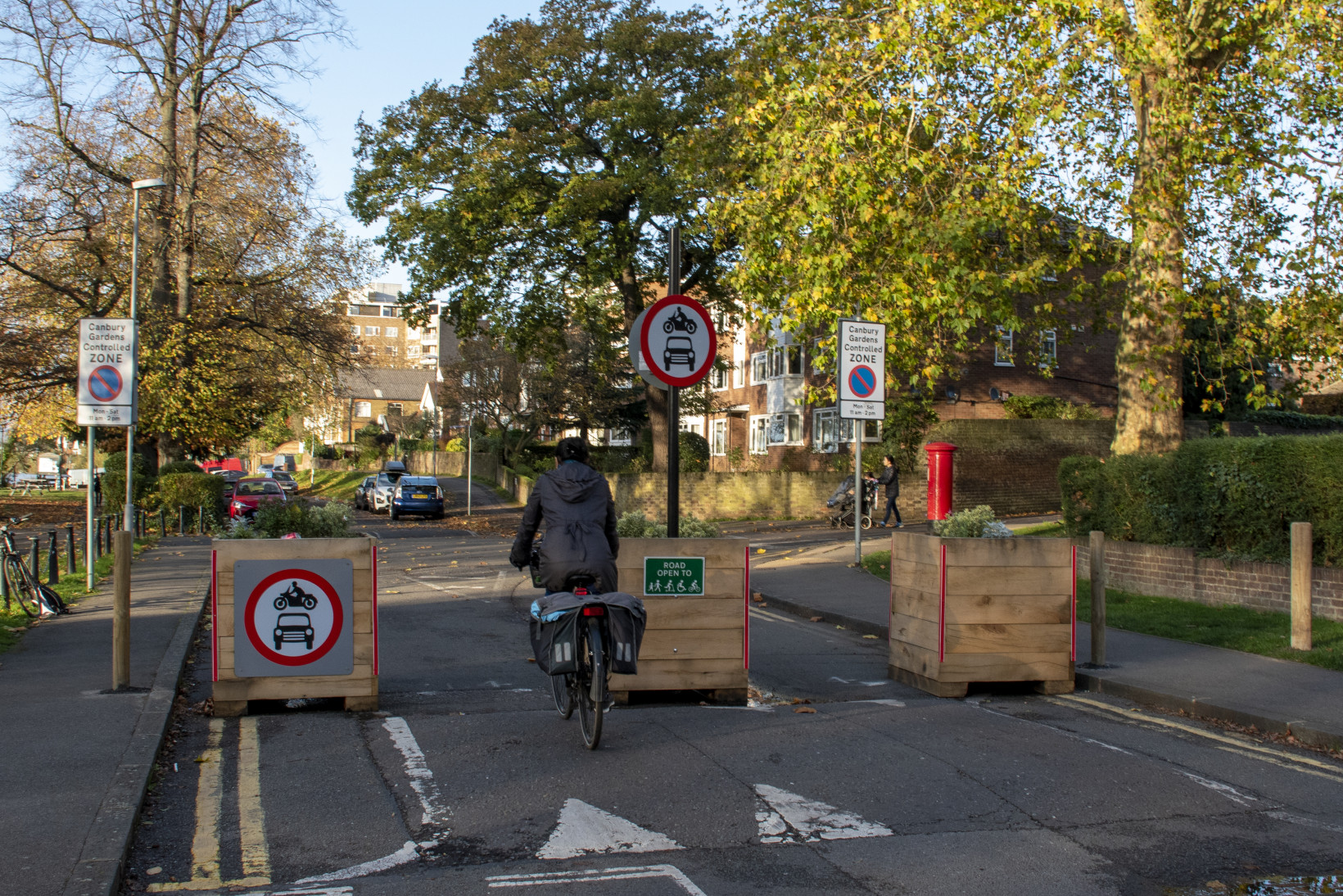
When the coronavirus pandemic took hold in March last year, office workers swiftly pivoted to working from home. As travel restrictions came into force, more people were forced to spend time at their homes and in their local community.
In an attempt to make inner city residential communities more liveable, councils began introducing low-traffic neighborhoods. Low-traffic neighborhoods seek to make roads a safer place for all, by limiting the volume of cars allowed on certain residential roads, and improving support for more vulnerable road users like pedestrians and cyclists.
According to a study of London’s Waltham Forest area, researchers found that low-traffic neighborhoods make the roads safer not just for pedestrians, but also cyclists, and drivers. They say low-traffic neighborhoods experienced a three-fold reduction in injuries, compared to areas outside the traffic-calmed area.
Researchers say that walking, cycling, and driving all became between three and four times safer within the low-traffic area.

[Read: ]
The study also found that there was no adverse affect to road safety on the edges and boundary roads of the neighborhood.
With low-traffic neighborhoods making the roads safer for all road users, it seems like the obvious next step in the reconfiguration of our cities.

Get the TNW newsletter
Get the most important tech news in your inbox each week.




